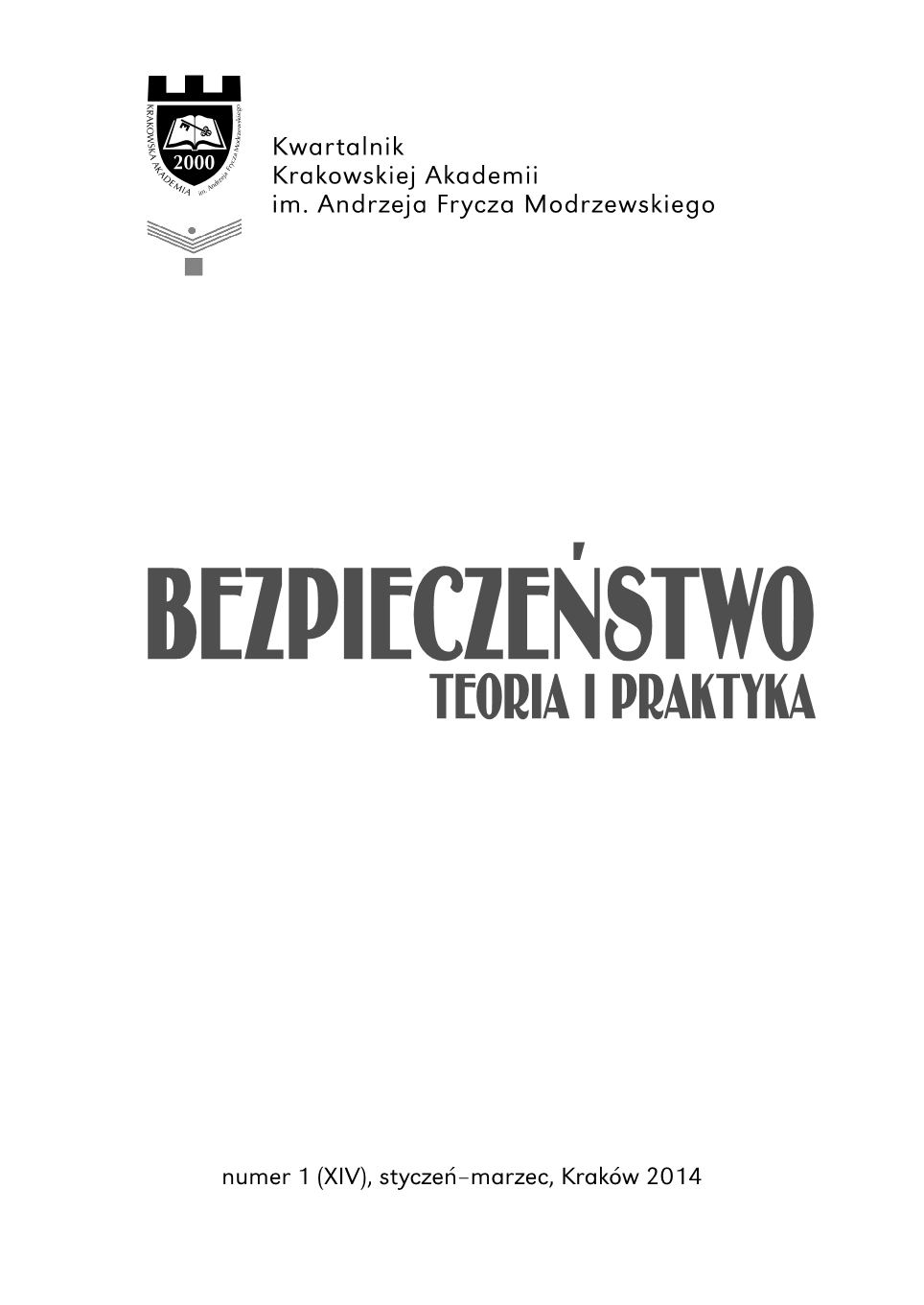Piechota polska w dwudziestoleciu międzywojennym 1918–1939. Wybrane problemy organizacji, uzbrojenia i szkolenia
Polish infantry in the interwar period 1918–1939. Selected problems of the organization, arming and training
Author(s): Jan PilżysSubject(s): Comparative history, Military history, Recent History (1900 till today), Interwar Period (1920 - 1939)
Published by: Oficyna Wydawnicza AFM Uniwersytetu Andrzeja Frycza Modrzewskiego w Krakowie
Keywords: infantry; organization of infantry; weapons of infantry; training of infantry;
Summary/Abstract: Of all the types of weapons, infantry was the most numerous and the most important in the Polish army. The task of other types of weapons, e.g. artillery, cavalry, aviation, armored vehicles was to support the infantry in all kinds of combat operations. In 1939, the Polish regiment of infantry was comparable to the German division of infantry. They had a similar organizational structure and strength of small arms and indirect fire weapons. The Polish regiment had less light cannons and antitank cannons. After the number of divisional units of combat (guns, cannons and tanks) supporting German infantry regiments was increased, the Polish regiment and, consequently, the strike force of the infantry division weakened. Infantry training system was a positive side. With all its financial limitations, it guaranteed professionally trained personnel, soldiers on active duty and reserves. According to the author of this article, in the absence of aviation, anti-aircraft and anti-tank weapons, and despite delayed motorization in the army, Polish infantry distinguished itself by its sacrifice, valor and high morale.
Journal: Bezpieczeństwo. Teoria i Praktyka
- Issue Year: XIV/2014
- Issue No: 1
- Page Range: 115-127
- Page Count: 13
- Language: Polish

